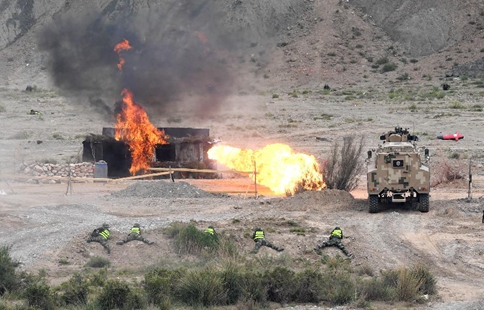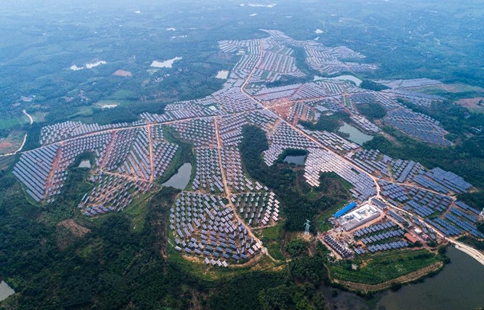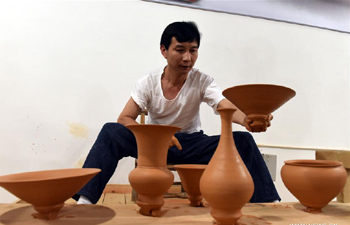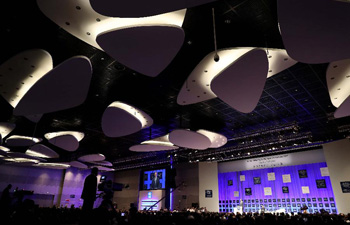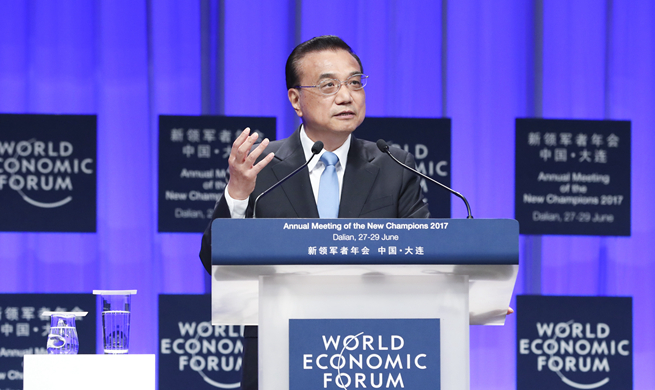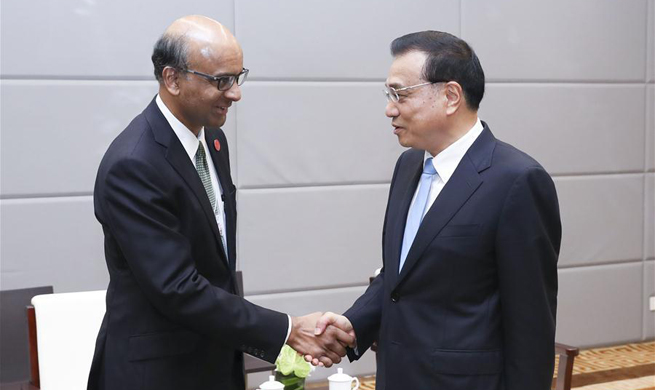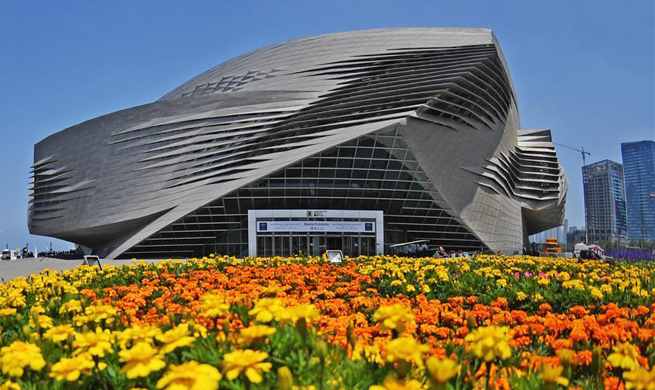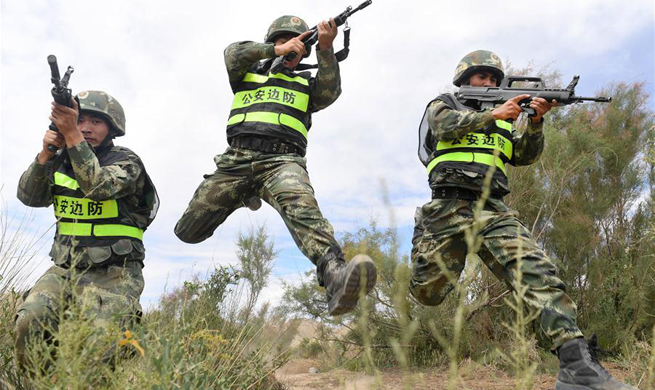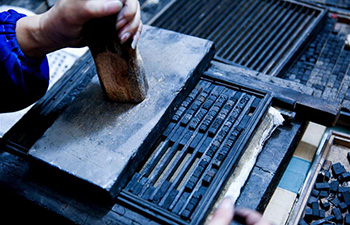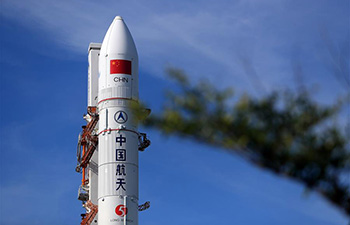BEIJING, June 27 (Xinhua) -- Boosted by strong sales and investment returns, China's major industrial firms registered double-digit profit growth in May, adding to signs of a stabilizing Chinese economy.
Industrial companies with annual revenue of more than 20 million yuan (about 2.93 million U.S. dollars) reported about 626 billion yuan in profits in May, up 16.7 percent year on year, the National Bureau of Statistics (NBS) said Tuesday in a statement.
This was faster than the 14-percent growth registered in April, and beats the 8.5-percent increase in 2016.
In the first five months, major industrial firms reported profits of 2.9 trillion yuan, a 22.7-percent increase from one year earlier, the NBS data showed.
"The data helps reaffirm our view that tightened financial regulation will have limited impact on the real economy," said China Merchants Securities (CMS) in a research note.
"With coordinated macroeconomic policies and bigger contribution by consumption and the service industry to the economy, there will be little downward pressure," it said.
The faster profit growth in May came despite moderated prices of industrial goods, measured by the producer price index, which slowed from a 6.4-percent year on year growth in April to rise 5.5 percent in May.
Stronger sales and increased return on investments have helped with the gains, while the double-digit growth could also be attributed, in part, to a lower comparison base last year, said He Ping, a NBS statistician.
Notably, the growth rate of finished goods inventory of major industrial firms slowed for the first time this year, signalling either stronger sales or a suspension of inventory replenishment, which companies have actively been doing since last July, CMS noted.
Tuesday's data also reflected better structure in the industrial sector, with equipment manufacturing taking a bigger share of all profits compared with April and consumer-goods manufacturing seeing faster growth, according to He.
Companies also reported healthier balance sheets. The average collection period for accounts receivables decreased from 39.1 days a year earlier to 38 days by the end of May, continuing a downward trend from the beginning of this year.
The leverage ratio continued to decline, with debt-asset ratio of major industrial firms dropping 0.7 percentage points year on year to 56.1 percent by the end of May.
Still, He warned against rising costs for major industrial firms, noting that the cost per 100 yuan of revenue made from primary businesses edged up year on year for the third consecutive month in May.
"As financing costs for companies continues to rise, we expect monetary policy to move from slight tightening to more neutral," said Founder Securities in a research note.
While the country's deleveraging efforts may have an impact on growth, strong exports and investments in the manufacturing sector will provide continuing support to the economy, it said.
The industrial sector, which accounts for about a third of China's GDP, started to pick up last year after profit declines in 2015, helped by government efforts to cut overcapacity and a recovery of the property sector.
In line with the growth in industrial profits, previous data from the NBS also showed that China's value-added industrial output expanded 6.5 percent year on year in May, indicating strength in the real economy.
China's economy posted a forecast-beating growth rate in the first quarter of 2017, with gross domestic product up 6.9 percent year on year.
The growth was above the full-year target of 6.5 percent and the 6.8 percent increase registered in the fourth quarter of 2016.
When addressing the opening of the Annual Meeting of the New Champions 2017, or Summer Davos, in Dalian, Chinese Premier Li Keqiang said on Tuesday that China is fully capable of delivering the year's major growth targets thanks to steady economic transition.
"Short-term and small fluctuations of economic indicators are unavoidable but the long-term steady trend will not change," Li said, ruling out the possibility of a hard landing.





